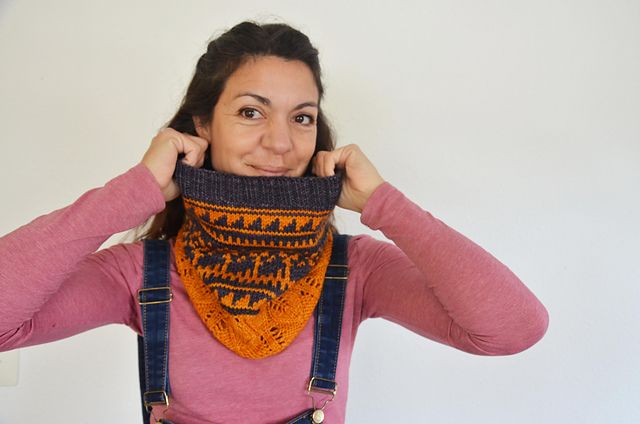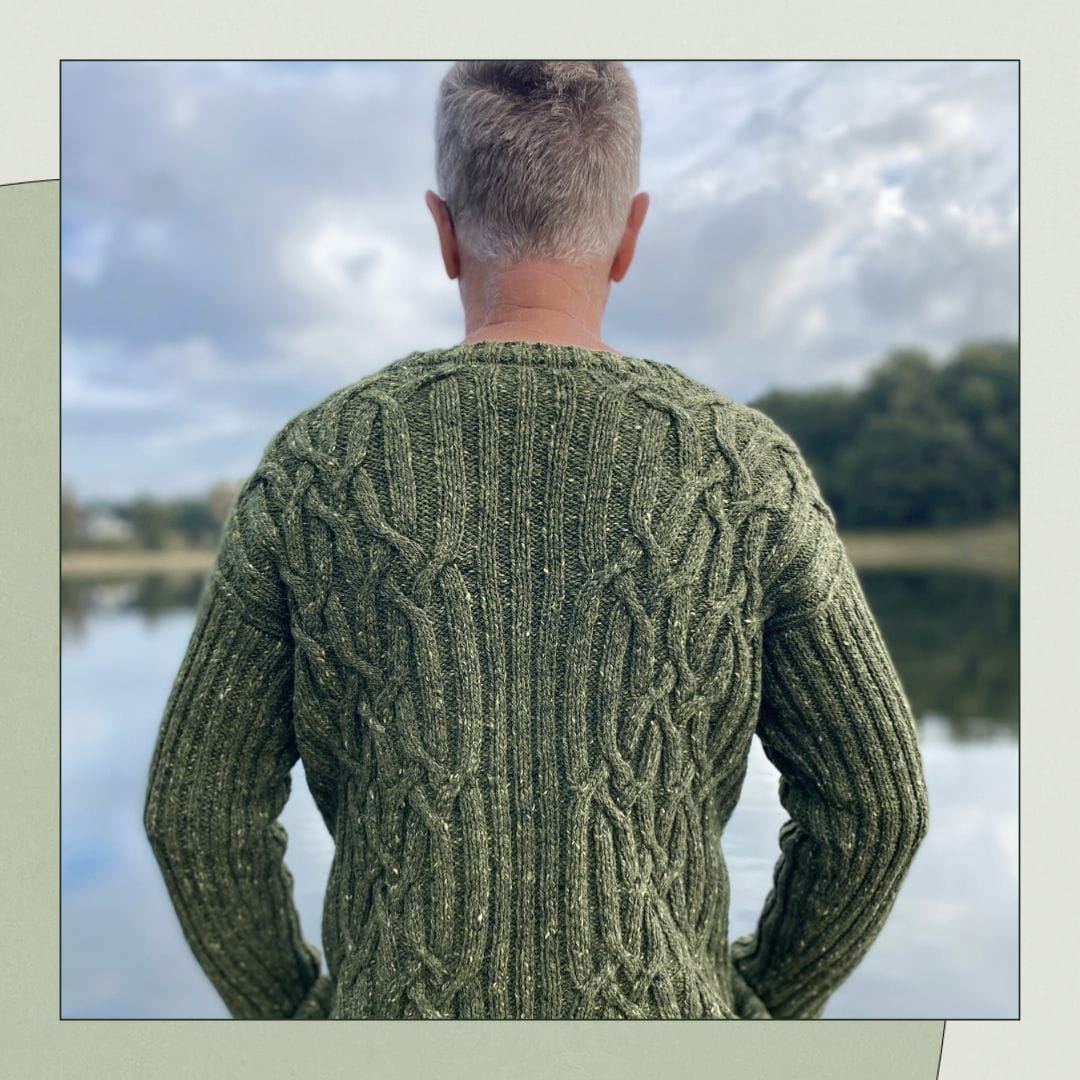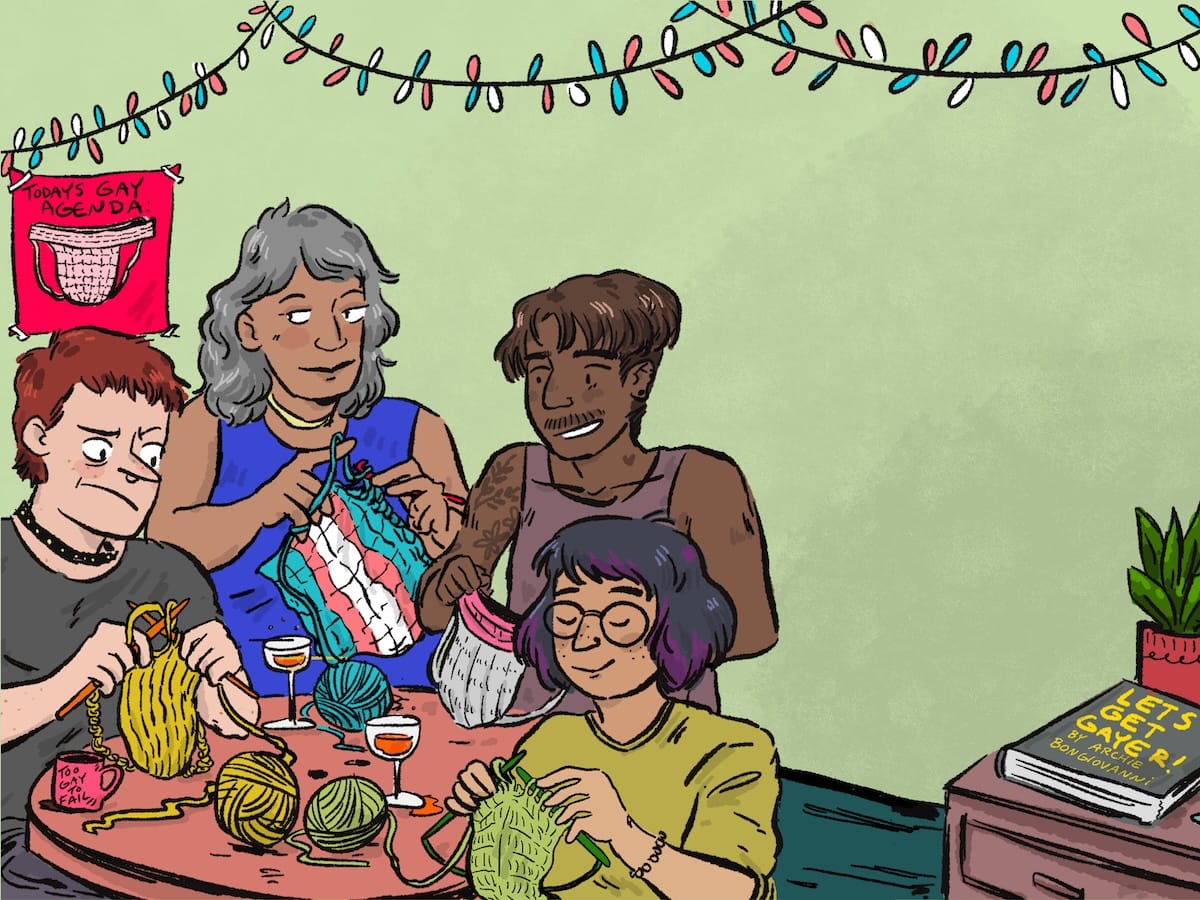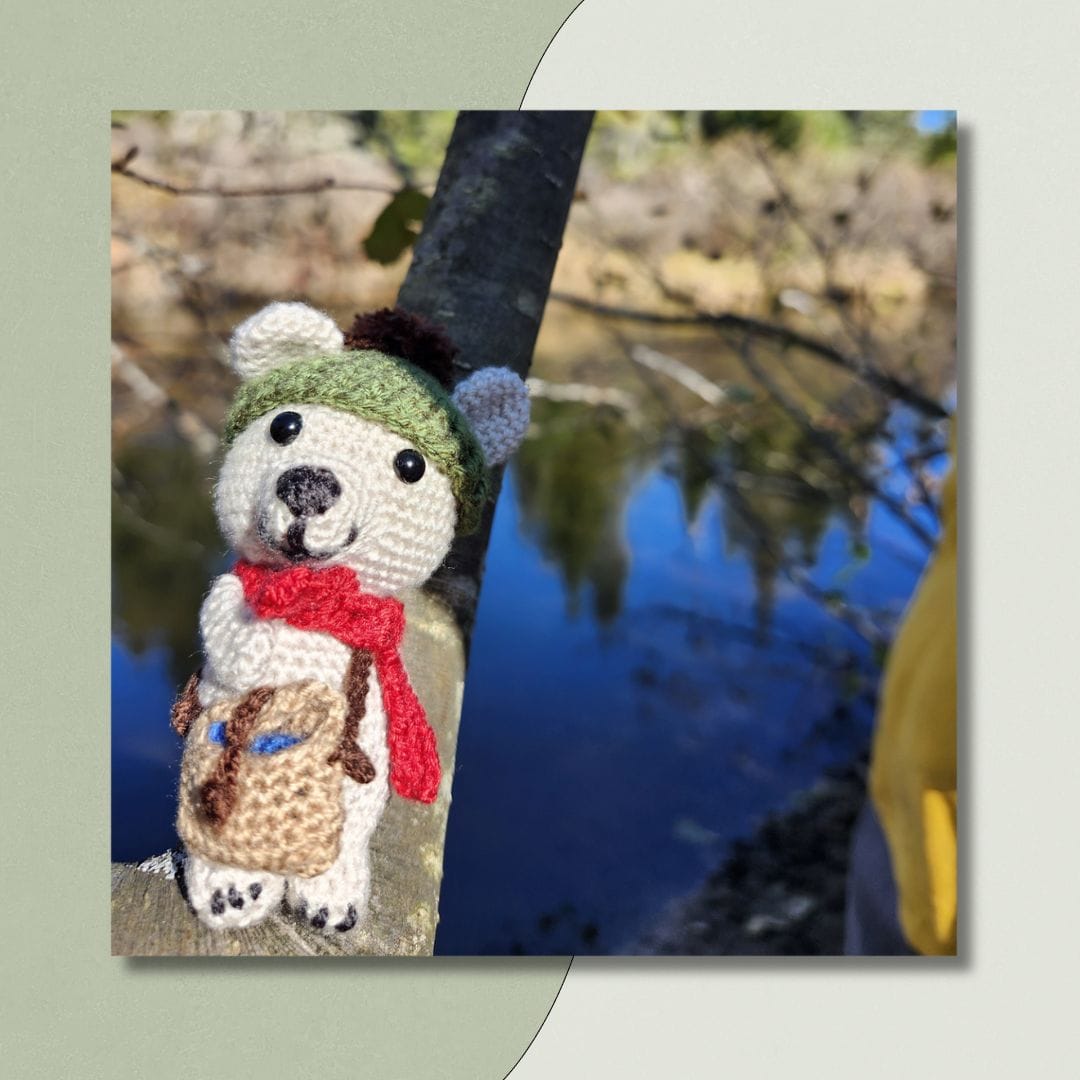
Meet mammadiy Cecilia, our newest Human of Ravelry! Cecilia is an Argentinian, from Córdoba, who lives in Barcelona, Catalonia, Spain. She has been a crocheter for nearly 25 years, and is a knitter as well. Cecilia designs and writes patterns in English and Spanish for bold and colorful crocheted and knit clothing and accessories. Her project photographs exude joy and brilliantly express the happiness that we get from our crafts. She helps other designers translate their patterns from English to Spanish, or vice versa, too. She also runs a primarily Spanish-language podcast, Mamma Do It Yourself, on YouTube and her blog, where she shares her crafty adventures. She even has a series teaching about how to use Ravelry, in Spanish! When I asked Cecilia what motivated her to create the Ravelry instructional series in Spanish, she wrote:
My main motivation is to include all those people who can not speak English to use Ravelry.
For me, Ravelry represents the main meeting point, where Knitters, Crocheters, Designers, Wool Brands, Independent Dyers, Events, Publications, Bloggers, Podcasters and everything that has to do with yarns finds a space where we can interact in all ways possible, regardless of race, religion, social class, country of origin, sexual orientation, gender, age, etc!
Designers allow us to connect with not only our audience and sell our own patterns, but also get jobs or collaborations with companies and publications that are on the other side of the planet.
The knitters and crocheters are allowed to connect with other humans with their own interests and exchange information of all kinds and even wool from their stash.
Obviously, for some questions, English is fundamental, but you can learn to use Ravelry if someone explains it step by step.
Thanks to these video tutorials, I have discovered many people who did not even know the existence of Ravelry and for me it is a great joy to be able to bring them to navigate within this universe of frikys of wool!
It is our place!
We are always so grateful for the many ways that our community contributes to help each other use Ravelry, and Cecilia's tutorials are such a wonderful example of that.
Let's get to know Cecilia a bit better with our Humans of Ravelry questions!
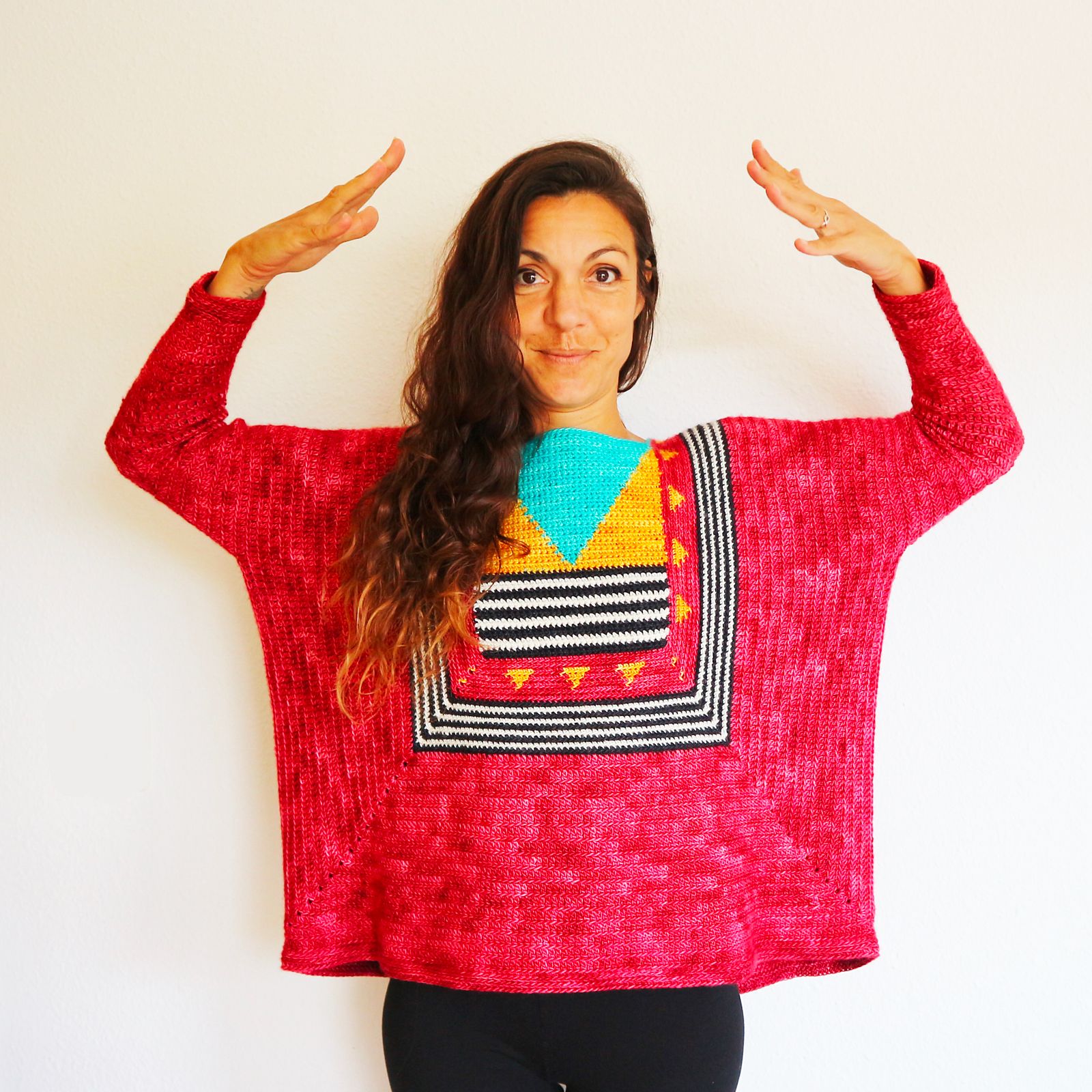
¡Conoce a mammadiy Cecilia, nuestra nueva Humana en Ravelry! Cecilia es una argentina, de Córdoba, que vive en Barcelona, Catalunya, España. Ella ha sido una crochetera durante casi 25 años, y también es una calcetera o tejedora de punto. Cecilia diseña y escribe patrones en inglés y español para prendas y accesorios de punto y crochet alegres y coloridos. Las fotografías de su proyecto transmiten alegría y expresan brillantemente la felicidad que obtenemos de nuestras manualidades. ¡Ayuda a otros diseñadores a traducir sus patrones del inglés al español, o viceversa, también! También dirige un podcast en español y otro en inglés, Mamma Do It Yourself, en YouTube y su blog, donde comparte sus astutas aventuras. ¡Incluso tiene una serie en su Canal de YouTube donde enseña cómo usar Ravelry, en español! Cuando le pregunté a Cecilia qué la motivó a crear la serie de video tutoriales de Ravelry en español, escribió:
Mi principal motivación es para poder incluir a todas aquellas personas que no sepan hablar inglés a utilizar Ravelry.
Para mí, Ravelry representa el punto de encuentro principal, donde Tejedores, Diseñadores, Marcas de Lanas, Tintoreros Independientes, Eventos, Publicaciones, Bloggers, Podcasters y todo lo que tenga que ver con el tejido encuentra un espacio donde poder interactuar de todas las maneras posibles, sin importar raza, religión, clase social, país de procedencia, género, orientación sexual, edad, etc!
A los diseñadores nos permite conectar con no sólo con nuestro público y vender nuestros propios patrones, sino también conseguir trabajo o colaboraciones con empresas y publicaciones que están en la otra punta del planeta.
A los tejedores les permite conectar con otros tejedores con sus mismos intereses e intercambiar información de todo tipo e incluso lanas de sus stash.
Evidentemente para algunas cuestiones el inglés es fundamental, pero poco a poco puedes ir aprendiendo a utilizar Ravelry si alguien te lo explica paso a paso.
Gracias a estos video tutoriales, he descubierto a mucha gente que ni siquiera conocía la existencia de Ravelry y para mí es una alegría muy grande poder acercarlos a navegar dentro de este universo de frikys de las lanas!
Es nuestro lugar!
Siempre estamos muy agradecidos por las muchas maneras en que nuestra comunidad contribuye para ayudarse mutuamente a usar Ravelry, y los tutoriales de Cecilia son un maravilloso ejemplo de eso.
¡Conozcamos a Cecilia un poco mejor con las preguntas de Humanos en Ravelry!
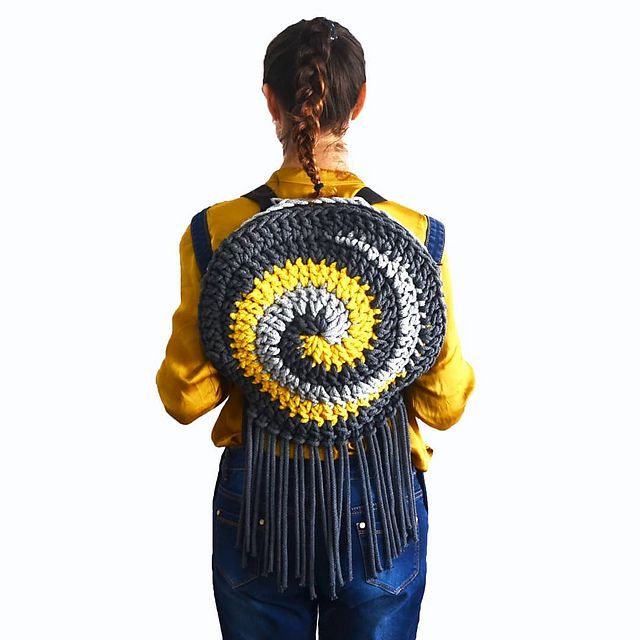
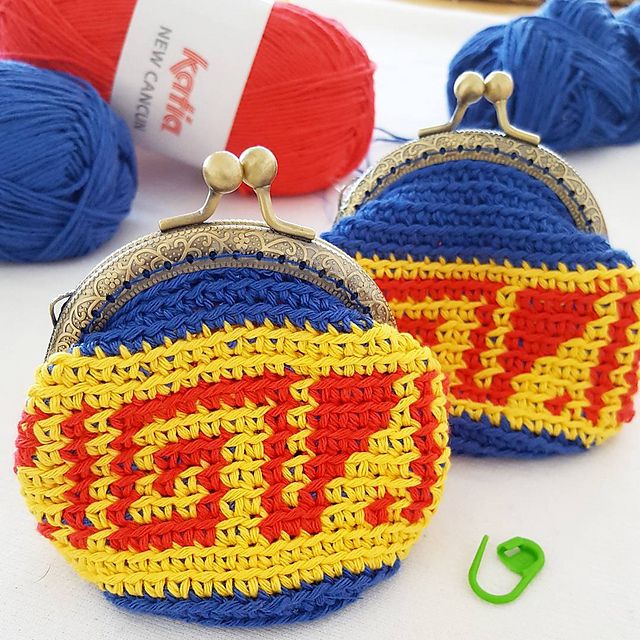
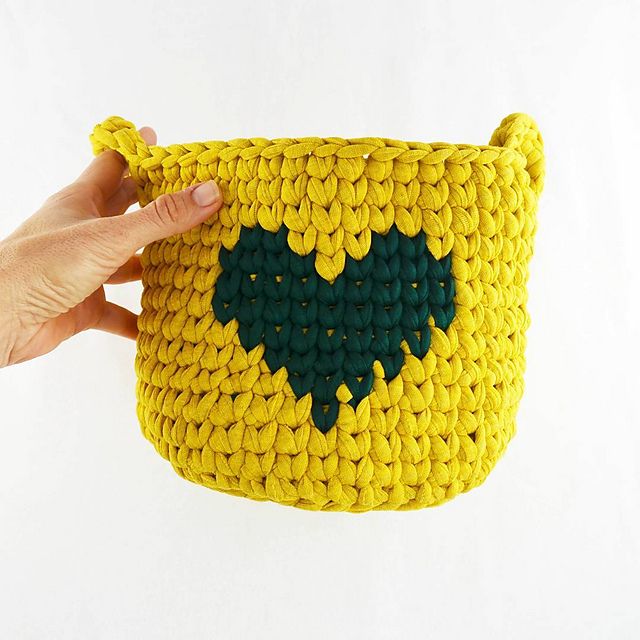
What is your fiber origin story: how/when/why did you start/learn to knit, crochet, spin, weave, and make things with yarn in general?
As a child I liked crafts in general. In Argentina it is very common to know how to make some kind of craft, from painting, crocheting, working with ceramics, or any form of artistic expression, so it is very easy to get infected and start doing something that you like or that catches your attention!
My mother taught me how to knit my first scarf with garter stitch, but that was all, I made a very long scarf!
My older sister taught me macramé, the art of knots, and since I was 6 years old, I was selling my handmade bracelets to my neighbors and friends at school, it was very fun!
At 15 years Crochet became very fashionable and I bought a book with photos step by step to learn, because at that time there was no YouTube, and that's how I learned. My first clothes were bikinis and summer tops! All my friends wanted their bikini and their tops, but they were all from very different bodies, so in a very intuitive way I had to learn how to crochet their clothes to their different sizes!
When I was 21 years old I put on my backpack and went to travel through South America, without any fixed direction, nor plan to comply, nor money, so that every city or town that I came to, I had to sell the crafts that I knew how to do in order to continue with the trip and pay for meals and hostels! I met artisans of all kinds, I lived with all kinds of communities, from deep in the jungle in Bolivia and Ecuador, through the sierras and mountains of Peru, to the Colombian Caribbean! A very enriching trip that made me learn a lot of the diversity that exists in a single continent, different ways of perceiving the world and fundamentally the respect and transmission of the original cultures, which base their life in the care of the Pachamama, our Mother Earth, and the teachings of our ancestors.
¿Cuál es tu historia sobre el origen de la fibra: cómo / cuándo / por qué comenzó / aprendió a tejer, hacer crochet, girar, tejer y hacer cosas con hilo en general?
Ya de pequeña me gustaban las artesanías en general. En Argentina es muy común saber hacer algún tipo de artesanía, desde pintar, tejer, trabajar con cerámica, o cualquier forma de expresión artística, por lo que es muy fácil contagiarse y comenzar a hacer algo que te guste o que te llame la atención!
Mi madre me enseñó a tejer mi primer bufanda a dos agujas con punto bobo, pero hasta ahí llegó mi pasión por el tejido, hice una bufanda larguísima!
Mi hermana mayor me enseñó macramé, el arte de los nudos, y ya con 6 años vendía pulseritas tejidas a mano a mis vecinos y amigos de la escuela, era muy divertido!
Con 15 años se puso muy de moda el Crochet y me compré un libro con fotos paso a paso, porque en esa época no existía YouTube, y así aprendí. Mis primeras prendas fueron bikinis y tops de verano! Todas mis amigas querían su bikini y sus tops, pero todas eran de cuerpos muy diferentes, por lo que de manera muy intuitiva tuve que ir aprendiendo a tejer sus prendas a medida!
Con 21 años me calcé mi mochila y salí a viajar por Sudamérica, sin rumbo fijo, ni plan que cumplir, ni dinero, por lo que a cada ciudad o pueblo al que llegaba, tenía que vender las artesanías que sabía hacer para poder continuar con el viaje y pagar comidas y hospedajes! Conocí artesanos de todas las clases, conviví con todo tipo de comunidades, desde lo profundo de la selva en Bolivia y Ecuador, pasando por las sierras y montañas de Perú, hasta llegar al caribe Colombiano! Un viaje muy enriquecedor que me hizo aprender mucho de la diversidad que existe en un solo continente, distintas maneras de percibir el mundo y fundamentalmente el respeto y la transmisión de las culturas originarias, los cuales fundamentan su vida en el cuidado de la Pachamama, nuestra Madre Tierra, y las enseñanzas de nuestros ancestros.
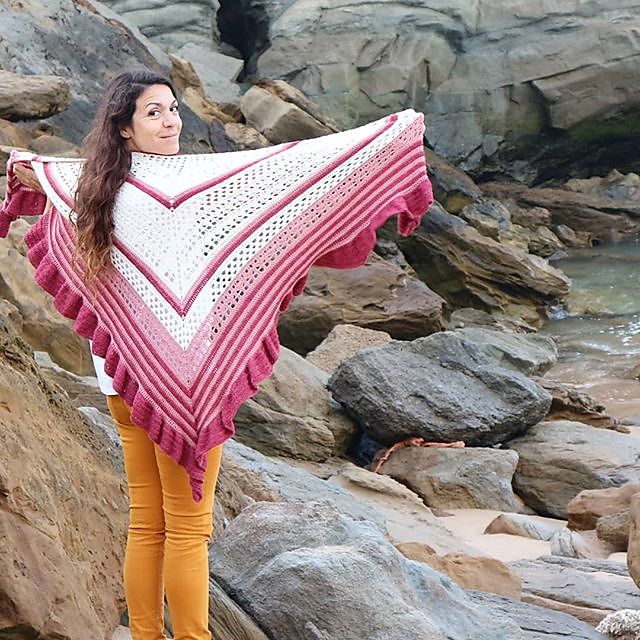
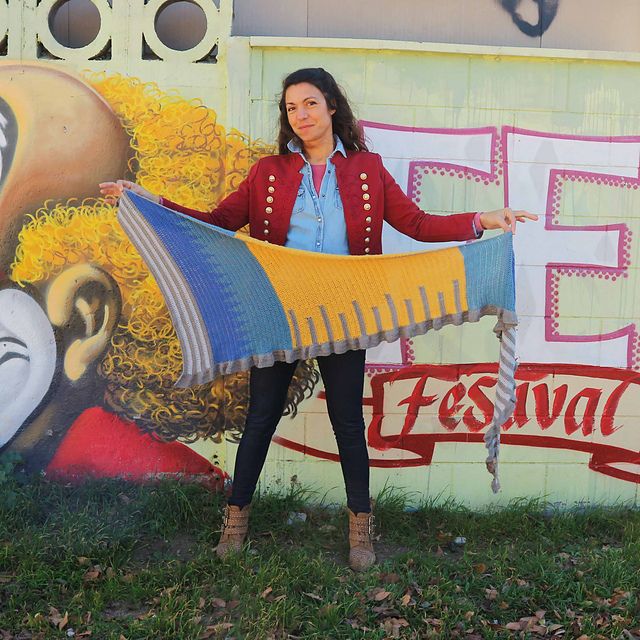
What non-yarn hobby or hobbies do you enjoy?
Well right now, it is my passion full time, because I have 2 children and I am a single mother, so I do not have time for much more, I take advantage of every minute to continue learning and improve techniques in Knitting and Crochet.
But without a doubt, after knitting, what I like the most is traveling. But not as a tourist, but simply living traveling, being outside my comfort zone, and soaking up other cultures!
¿Qué pasatiempo o hobbies sin hilo disfrutas?
Pues ahora mismo, es mi pasión a tiempo completo, porque tengo 2 niños y soy madre soltera, por lo que no me queda tiempo para mucho más, aprovecho cada minuto en seguir aprendiendo y mejorar técnicas tanto en Knitting como en Crochet.
Pero sin duda, después de tejer, lo que más me gusta es viajar. Pero no como turista, sino simplemente vivir viajando, estar fuera de mi zona de confort, y empaparme de otras culturas!
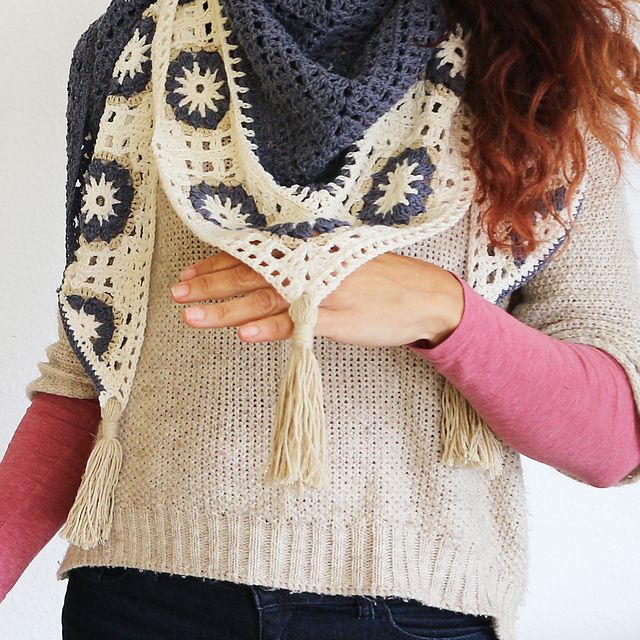
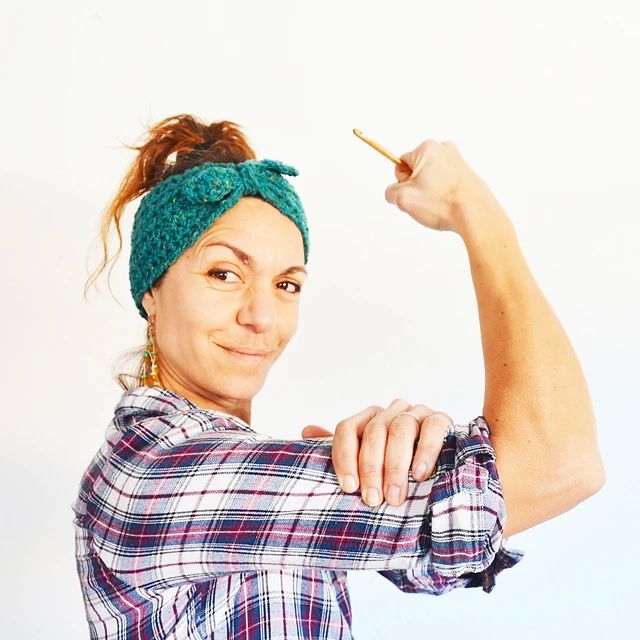
What's one way that crafting has changed your life for the better?
I don’t know how my life would be without making handicrafts, since I dedicate myself to them from a very young age, but I can tell you that it is my day to day life. When I begin to knitting or crocheting something I am transported to the deepest part of my being, where I find peace. It's the way I have to express how nice it is in me, so I feel the need to spend as much time as possible!
¿En qué forma las artesanías ha cambiado tu vida para mejor?
No sé cómo sería mi vida sin hacer artesanías, ya que me dedico a ellas desde muy pequeña, pero si te puedo decir que es mi día a día. Cuando comienzo a tejer me transporto a lo más profundo de mi ser, donde encuentro paz. Es la manera que tengo que expresar lo bonito que hay en mí, por lo que siento la necesidad de dedicarle la mayor cantidad de tiempo posible!
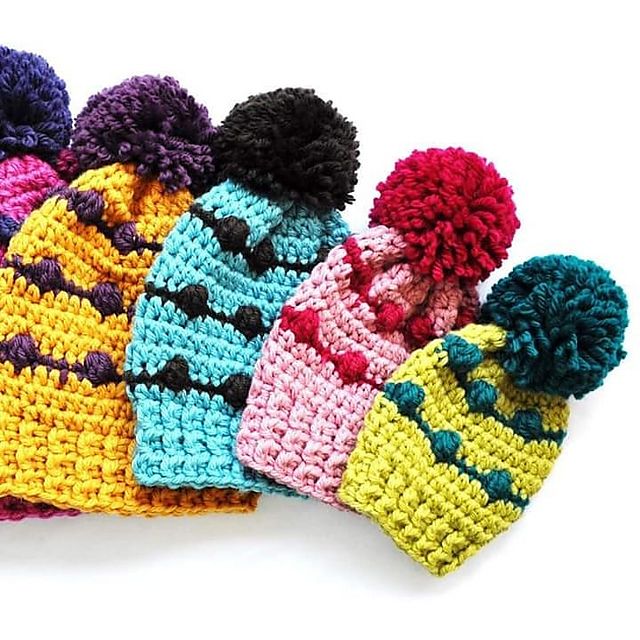

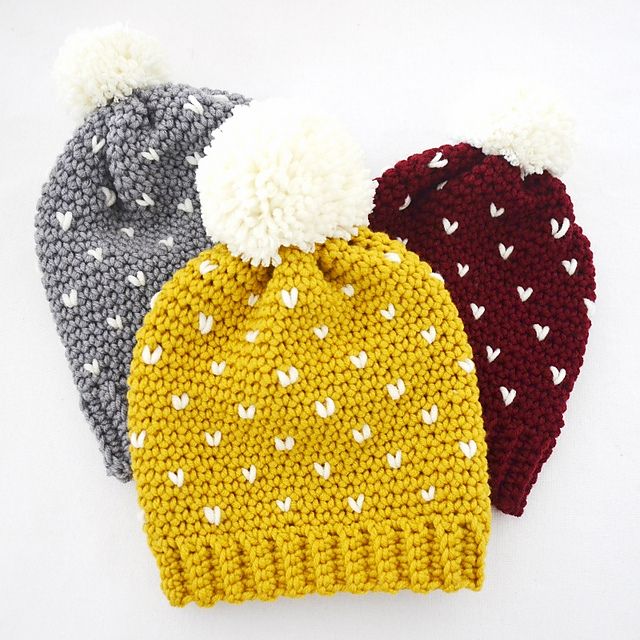
What advice would you give to someone who has lost their yarny motivation?
I would tell him or her to try changing techniques and learn something new. In my case, I was addicted to crochet, and recently decided to start knitting, to be able to exchange between one technique and another, which keeps me very motivated, because there is always something new to learn!
¿Qué consejo le darías a alguien que ha perdido su motivación tejeril?
Yo le diría que pruebe a cambiar de técnicas y aprenda algo nuevo. En mi caso, era adicta al Crochet, y desde hace poco tiempo decidí comenzar a tejer en dos agujas, para poder ir intercambiando entre una técnica y otra, lo cual me mantiene muy motivada, porque siempre hay algo nuevo que aprender!
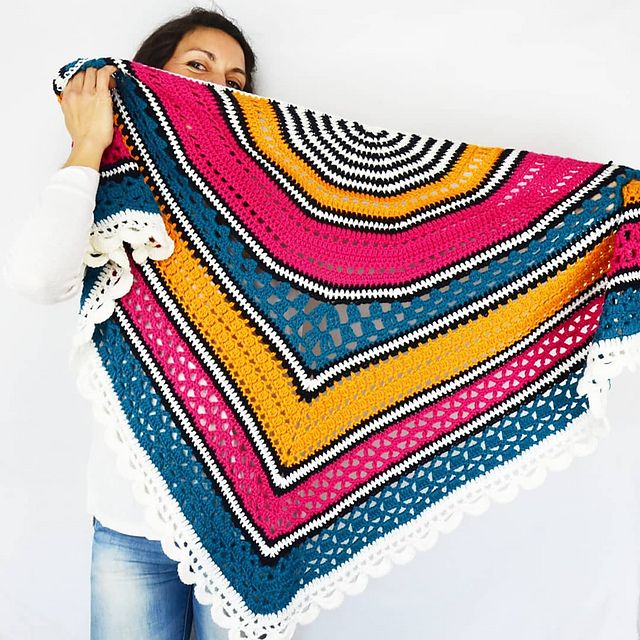
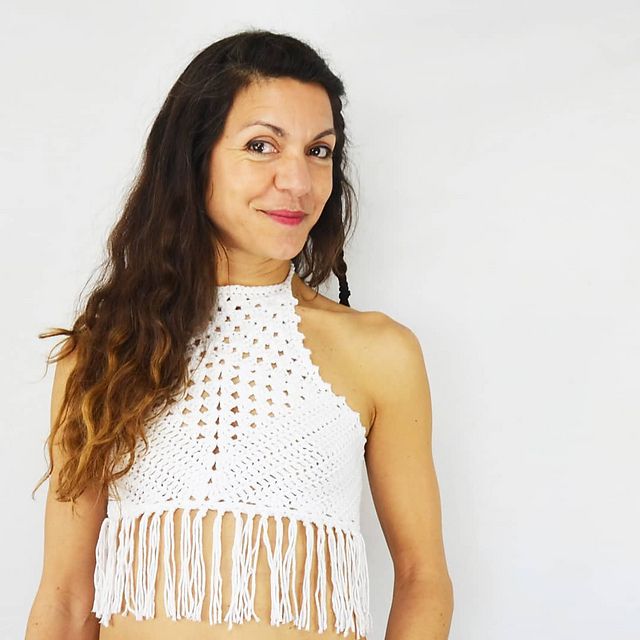
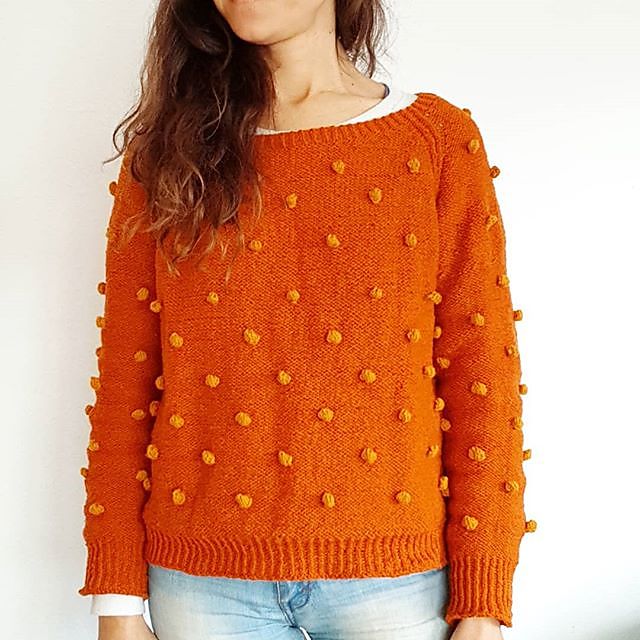
What mistake(s) did you make as a newbie that you laugh at now?
LOL!! Well many of them! For example, crochet a bikini with sheep wool! Actually it was not a mistake, but where I was traveling at that time, it was the only material available to buy in the store, and it was on a beach, so I could not crochet a winter sweater!
¿Qué errores cometiste como novato de los que te ríes ahora?
Jajajaja!! Pues muchísimos! Por ejemplo, tejer un bikini con lana de oveja! En realidad no era un error, pero donde estaba viajando en ese momento, era el único material disponible para comprar en la tienda, y estaba en una playa, por lo que no podía tejer un Sweater de invierno!
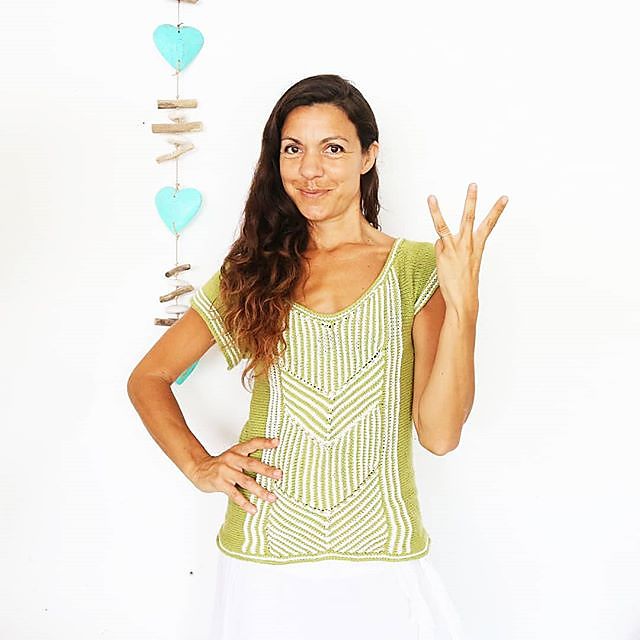
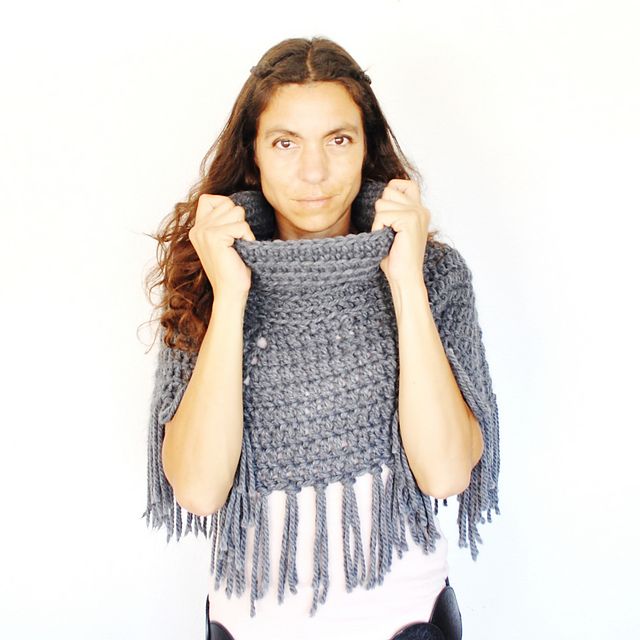
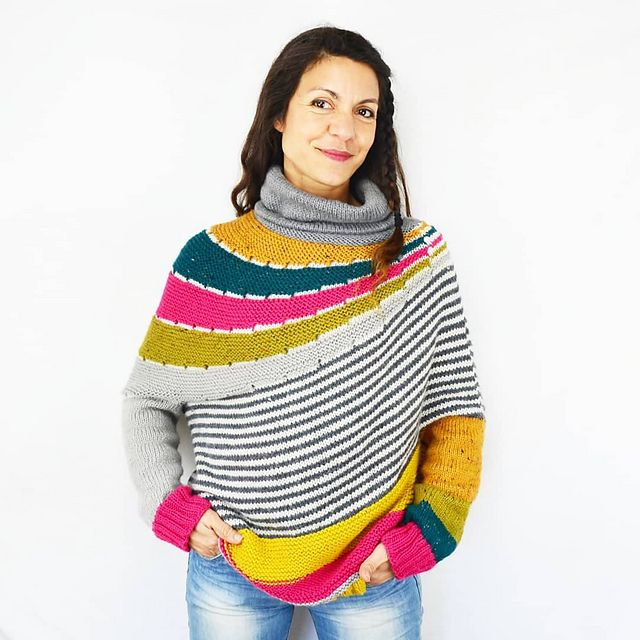
Thank you!
Thank you so much, Cecilia, both for agreeing to be featured and for providing the Spanish translations for this post! We’ll be back in a few weeks with another Human of Ravelry. If you would like to keep track of Cecilia's work, you can add her to your Ravelry friends and look for updates on the main friends tab. You can also find her on her website Mamma DIY (video tutorials for Ravelry in Spanish!) and Instagram accounts: @mammadiypatterns for Spanish speakers and @cecilialosadacrochet for English speakers.
We love learning more about Ravelers and the wonderful things you are doing in our community, so if you have a Ravelry friend you’d like to recommend we feature as a Human of Ravelry, please let us know!
Gracias!
¡Muchas gracias, Cecilia, por aceptar ser presentada como por proporcionar las traducciones al español para esta publicación! Volveremos en unas semanas con otro Humano en Ravelry. Si desea realizar un seguimiento del trabajo de Cecilia, puede agregarla a tus amigos de Ravelry y buscar actualizaciones en la pestaña principal de amigos. También puedes encontrarla en su sitio web Mamma DIY (video tutoriales de Ravelry en español!) y en la cuenta de Instagram @mammadiypatterns para hispano hablantes o en @cecilialosadacrochet para anglo parlantes.
Nos encanta aprender más sobre Ravelers y las cosas maravillosas que estás haciendo en nuestra comunidad, por lo que si tienes un amigo de Ravelry que te gustaría recomendar, contamos con Humanos en Ravelry, ¡avísanos!
